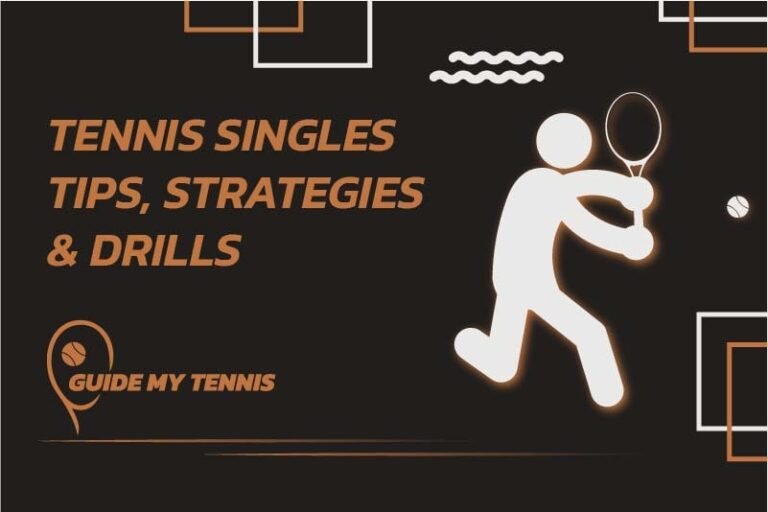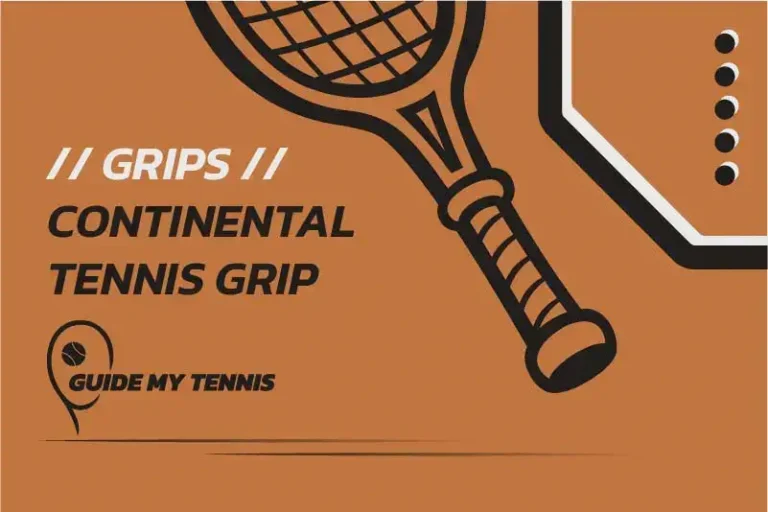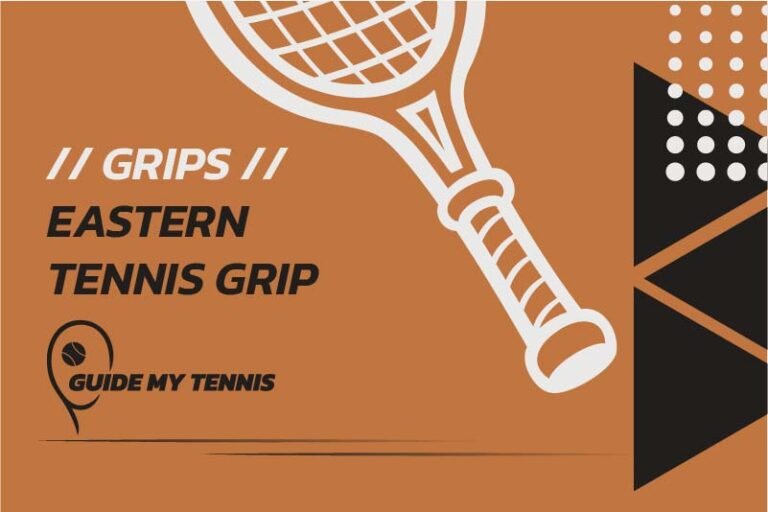Get Better With 7 Mental Tennis Tips for Doubles Matches
Let’s get better with these 7 mental tennis tips for doubles matches. If you’re a pro or a rookie club player, you must know these tips for doubles tennis matches.
Keywords: mental tennis tips for doubles, double tennis tactics, tips for tennis doubles, doubles tennis match, tennis doubles matches.

Tennis is an individual sport, right? But what about tennis doubles matches? These can be both exhilarating and challenging, requiring some top-level communication and strategizing from both players on the team. In this blog, we’ll be going over 7 mental tennis tips for doubles matches that every tennis player should know and implement, be it if you’re a rookie club player, or climbing up the global ranks.
If you have ever seen a professional doubles tennis match, it is easy to realise that each player in the pair has to function together like a well-oiled machine, understanding each other’s strengths and weaknesses and relying on each other when the time comes. Something else you may also notice is that the netter is generally in control of the game. In fact, the points in a doubles match are generally shorter. The netter commands the majority of the points as well as how the ball is played.
Now, play at the net will be covered in this blog, and will in fact feature in many different areas. In fact., let us start with the exploration of these 7 mental tennis tips for doubles matches to make your game more effective. These tips are simple pointers that are super easy to take a mental note of.
#1 | Use depth, rather than pace in those long rallies.
The first out of 7 mental tennis tips for doubles matches is depth. During a crosscourt battle with your opponent, you must remember one thing. Your main objective is to put pressure on the baseliner. You put pressure by hitting the ball deep, rather than hitting pace. Many people have this wrong belief that hitting the ball hard and powerful is the only way to win a point. But this is terribly wrong.
If you increase the pace, the ball obviously becomes harder to control. Moreover, the angle of hitting a winner drastically decreases when you are situated behind the baseline. Hence, you are more likely to make a mistake when hitting with pace. That is why you should opt for hitting the ball deep.
When you are hitting the ball deep, you are putting pressure on the opposing baseliner. You are cutting out the netter, and excluding them from play. Deep balls also limit the angle in which your opponent can hit the ball. This will greatly limit their opportunities to hit a winner. By doing so, you will be forcing the opponent to play defensive shots, lobbing the ball or hitting the ball short, giving your netter the opportunity to put the volley away, or enabling you to come forward and attack with a shorter, angled ball.
See, that way you can win the point without being overly aggressive in tennis.
#2 | Don’t let the netter feast on your shots, keep them in check.
.And how do you keep them in check?
Just fire an early warning shot down the line.
In tennis, especially in doubles matches, the netter can make the life of their opponents a living hell. In a tennis match, the last thing you want as a recreational doubles player is an interception-happy net player who dances their way to the middle of the court at every available opportunity. Obviously, if you do not do anything about it, they’re just going to dive in at every possible shot. This is bound to make you stressful. As a result, you are likely to start losing grip of the match.
Don’t be the victim to these types of players, instead play a warning shot down the line. Even if the ball goes wide, you are automatically making them rethink their decision to poach the ball and keep them in check.
This was the second of 7 mental tennis tips for doubles matches.
#3 | Volley at the opponent’s feet
This is considered to be a rule of thumb, rather than a tip for tennis doubles matches. You should always seek to put the volley away. However, there will be times when all four players will be near the net. When that happens, you are likely to be engaged in a rally of fast volleys. Therefore, you need to think fast and be quick.
But, as a general tip, or as I said earlier, rule of thumb, you should aim at hitting volleys at the opponent’s feet. This generally leads to either one of the following two scenarios.
Scenario 1 – You win the point by making the opponent miss the ball or hit the ball into the net.
Scenario 2 – You make the opponent hit the ball from down low, forcing a weak and high return. This rewards you or your partner with an easy shot to put away.
So whatever scenario unfolds, you still get to win the point!
#4 | Know how to move like a windshield wiper
Yes, you read that write, like a windshield wiper.
So, most recreational players in a tennis doubles match divide the court down the middle, splitting the court 50% on either side. However, this is the wrong way to approach this. However, the mindset of not leaving the court exposed is something good to have.
But, when playing tennis, you will be receiving different angled balls. Such balls will drive you or your partner to go off the court. If your partner receives a wide serve, they are probably off the court. As a great tennis partner, you should move with them to cover the court and leave no gaps because chances are, your partner needs some time to recover their position after the shot.
#5 | Communication is key
This may be by far the most underrated tip in this blog. Albeit tennis is an individual sport, a doubles match in tennis heavily relies on communication. Partners communicate in between and during the points themselves. Partners communicate to strategise and play the point to their strengths. Strategising is a critical part of a tennis match, be it singles or doubles. This is often one of the most overlooked mental tennis tips for doubles matches
Have you ever noticed that when a pair is serving, the netter makes hand gestures to signal the server? This is them communicating where to aim the serve and how to play the point. Players also communicate mid-point to decide who will be taking the ball. Do you want to learn more about communication? If so, have a look at the hand signal guide of tennis.
But communication does not stop there. If you are a recreational club player, you probably end up playing with various people week in week out. When playing with new people, it is extremely beneficial for you to communicate with your partner to see what their strengths and weaknesses are, see what type of play style they opt for and then move forward with a way that suits both players.
Remember, not communicating will make the tennis match way more difficult than it needs to be.
#6 | Deal with lobs before they run away – use the no man’s land
When you’re playing a doubles match in tennis, you may find yourself at the net with your partner. Don’t be afraid of such scenario. Some players try to avoid being caught at the net together with their partner. There is this wrong mentality that you are much safer when one of you is at the net and the other is at the baseline. But the truth is, when you are both at the net, you are attacking your opponents whilst putting pressure on them.
If you find yourself in this scenario, remain calm and deal with the lob from no-man’s land you know, that area in the middle of the court that coaches regard as the kill zone, the one in which you should never be stranded.
If you’re approaching the net and you know there is a lobber, then be ready to perform the split-step on the service line and move to intercept the lob. When you time your split step well, you will be intercepting most lobs, if not all. You will be a menace at the net!
So, the next time you find yourself going up to the net with your partner, don’t be afraid to use the no-man’s land!
#7 | Add height to the ball according to your position on the tennis court
The last of the 7 mental tennis tips for doubles matches is height.So we already know that in a doubles match, we should avoid the netter and play deep, limiting the netter from any easy opportunities to put the ball away while also putting pressure on the baseliner. But does this still apply if you’re inside the court? Should you still try and play deep aggressive shots if an opponent forces you inside the court? What do you think?
Well, the truth is, the answer is both yes and no. You should still play an aggressive shot, but make sure that you don’t add unnecessary height to the ball. Otherwise, you would not be using the potential of the short ball that you had just received. So, yes, do hit an aggressive shot and make the baseline scramble to cover the court, but try and limit your height on the ball.
However, height is a characteristic that plays a critical role when you are defending. Adding height will give you more time to recover your position while also forcing the opponent to lose their attacking rhythm.
So, just as a reminder, you should hit the ball with height and depth from the back of the court, especially from behind the baseliner. Hit with less height and add pace to the ball the further you step into the court.
Here’s a summary of all 7 mental tennis tips for doubles matches
So, going into 2024, you should keep these mental tennis tips for doubles matches handy. After all, your new year’s resolution to win more matches won’t be kept if you don’t practice what you read about.
I invite you to try these mental tennis tips for doubles and let me know whether they worked for you or not.
- #1 | Use depth, rather than pace in those long rallies.
- #2 | Don’t let the netter feast on your shots, keep them in check.
- #3 | Volley at the opponent’s feet
- #4 | Know how to move like a windshield wiper
- #5 | Communication is key
- #6 | Deal with lobs before they run away – use the no man’s land
- #7 | Add height to the ball according to your position on the tennis court
If you want to find out more about the best way to improve your tennis doubles game, have a look at this forum. You might find some useful links and other additional resources here.






